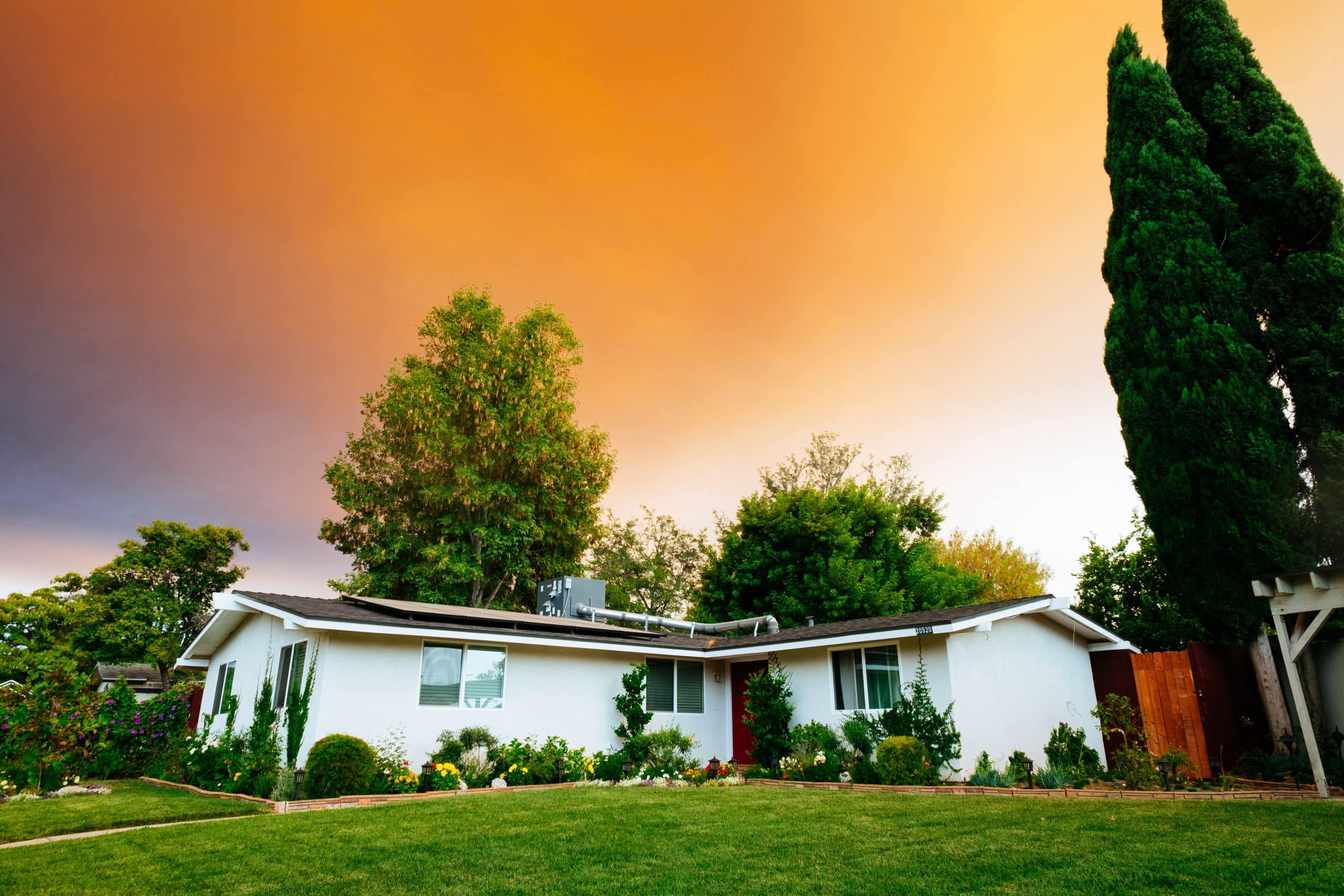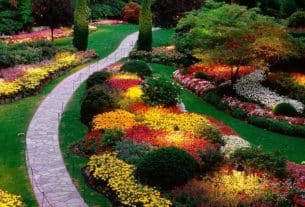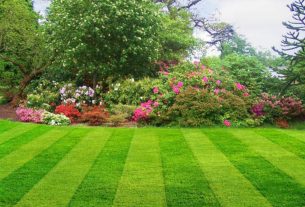A landscaped lawn is truly a source of pride for any homeowner. Therefore, its beauty should not be limited to the daytime alone. A nicely landscaped lawn is the perfect setting for parties and simply entertaining guests who are dropping by for a drink or two and there is no better time to do so than during the evenings. Hence, it is a must to have the perfect outdoor landscape lights as well to complete one’s personal wonderland.
There are many different factors affecting the overall impact of even the most basic or magnificent outdoor landscape lights. It is therefore a must to be very careful when choosing the lights and installing them all over the place. In fact, it is necessary for one to learn and understand the basics behind landscape lighting before actually investing in it.
Basically, there are three types of outdoor lighting. They are the path lighting, accent and deck lighting. In addition to these three, there is flood lighting, step lighting, bollard lighting, rail lighting, spread lighting and garden lighting.
In addition to the different types of outdoor lighting, one also has to know about the basic techniques in outdoor landscape lights. Area lighting, also referred to as down lighting, involves getting the lighting units mounted in high places such as the trees or some parts of the house. The main purpose of this technique is to illuminate a larger area of the lawn or garden, making it perfect for both aesthetic and security purposes. Uplighting, on the other hand, is all about working from the ground and aiming the lights upward. This technique helps create a really dramatic effect and can be used to highlight an interesting feature in one’s garden such as a uniquely-shaped shrub or a statue or a water feature. In some water features, the lights are placed beneath the feature’s bottom to make the light appear from under the water. Another popular choice for outdoor landscape lights is moonlighting. It is more or less same as down lighting, but the technique utilizes soft light and creates a mellow and relaxing effect instead of being too bright.
Another important matter to work on is in the design and installation of the lights. One should start out by planning where the lights are going to be and what their main purpose are. There are lights that are installed mainly for illumination purposes while others exist as decorations. This determines where they should be on the lawn. If they are for illuminating the entire place, they should be mounted on a higher area. If they are designed to provide assistance for people as they move around the place, they can be arranged as pathway lights.
When lighting up the landscaped lawn or garden, it is important to keep the lights minimal. Not everything should be lighted. To create a more stunning effect, light sources should be hidden as much as possible. They can be placed underneath shrubs. It is also a great thing to change the positioning of the lighting fixtures every now and then. This makes it more appealing especially for visitors since different placement result to a different overall effect. It is going to be hard for the visitors to determine if it is the same place where they have been a couple of months ago.




